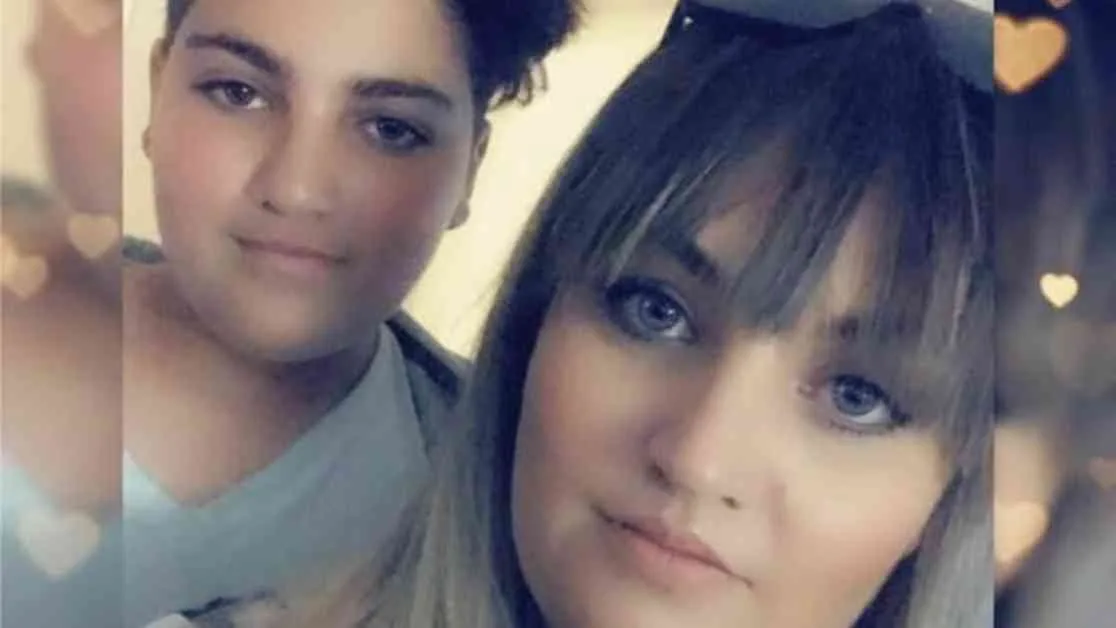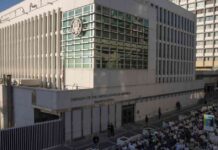On a quiet street in Broadmeadows, Melbourne, a shocking tragedy unfolded as four individuals were found dead in a unit, sending shockwaves through the community. The victims, identified as Abdul El Sayed, 17, Michael Hodgkinson, 32, a 42-year-old woman, and a 32-year-old man, were discovered in the unit’s loungeroom, sparking a wave of speculation and concern among locals. Initially suspected to be a mass drug overdose, the circumstances surrounding their deaths have left many unanswered questions and sinister theories circulating among the residents.
Police Investigation and Emerging Theories
The investigation into the deaths of the four individuals in Broadmeadows has been led by the Hume Crime Investigation Unit, who have stated that the deaths are being treated as non-suspicious at this time. Despite this official stance, locals have continued to express fears of foul play, especially after toxicology reports revealed the presence of synthetic opioid drugs in the victims’ systems. One anonymous source even alleged that the person who supplied the lethal drugs had stolen the victims’ phones and taken disturbing photos of them after their deaths, adding a chilling layer to the already tragic event.
As the investigation unfolds, police have remained tight-lipped about the emerging theories and allegations surrounding the case. With the matter now before the coroner, details are scarce, leaving the community in a state of unease and uncertainty. The presence of synthetic opioids in the victims’ systems has raised concerns about a deadly new form of cocaine laced with protonitazene, a potent synthetic opioid that has been linked to recent overdose deaths in Melbourne. The warning issued by the Victorian Department of Health regarding the dangers of this drug has only added to the speculation surrounding the tragic incident.
Family and Community Impact
The devastating loss of Abdul El Sayed, a young teenager with a partner and an 18-month-old daughter, has left a profound impact on his family and loved ones. Abdul’s uncle, Cory Lewis, who discovered the gruesome scene, shared his disbelief and grief over the tragic circumstances that led to his nephew’s untimely death. The support and condolences pouring in from the community have offered some solace to the grieving family, but the unanswered questions surrounding the incident continue to haunt them.
The tragic deaths in Broadmeadows have also highlighted the urgent need for drug checking and harm reduction measures in the community. With novel synthetic opioids posing a significant risk to public health, the Victorian government’s announcement of introducing drug checking services comes as a crucial step towards preventing further overdose deaths. The impact of these deaths has reverberated beyond the immediate victims, prompting calls for greater awareness and support for those struggling with addiction and substance abuse issues.
Lessons Learned and Moving Forward
As the investigation into the Melbourne House of Horrors tragedy continues, it serves as a stark reminder of the dangers posed by synthetic drugs and the devastating consequences of addiction. The need for comprehensive drug education, harm reduction strategies, and community support programs has never been more urgent, as incidents like these underscore the importance of addressing the root causes of substance abuse and overdose deaths.
In the wake of this heartbreaking event, the community has come together to mourn the loss of the four individuals and reflect on the need for greater vigilance and awareness in combating the opioid crisis. The tragic deaths in Broadmeadows have sparked a renewed sense of urgency in addressing the underlying issues that contribute to drug-related harm, emphasizing the importance of empathy, understanding, and support for those affected by addiction.
As the investigation unfolds and more details emerge, the Melbourne House of Horrors tragedy will continue to serve as a somber reminder of the devastating impact of substance abuse on individuals, families, and communities. It is a call to action for greater collaboration, compassion, and prevention efforts to ensure that such senseless losses are not repeated in the future.









